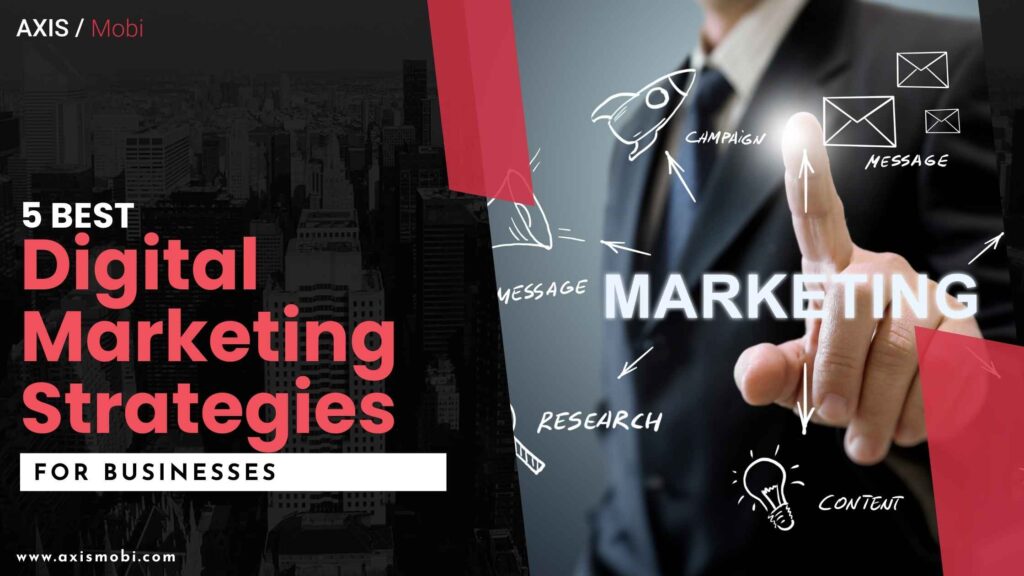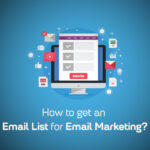Businesses That Don’t Adapt, Risk Falling Behind.
Just think of brands like Dollar Shave Club and Airbnb, which transformed their industries through savvy Digital Marketing. Dollar Shave Club’s viral video campaign and Airbnb’s strategic use of user-generated content are prime examples of how powerful digital marketing can be when executed effectively. But they aren’t the only ones making waves.
Take Ola Cabs, for instance. With its dynamic social media campaigns and app-based promotions, Ola has expanded its reach from India to Australia, leveraging digital marketing to boost its global presence. Similarly, Jabong (now part of Flipkart) dramatized Online Fashion Retail by integrating influencer collaborations and engaging content, setting new standards in the industry.
Consider Zomato, whose witty social media content and user-generated reviews have not only captivated Indian audiences but also helped establish their brand in the UAE, Indonesia, and Australia. Or HDFC Bank, which has used targeted ads and personalized email campaigns to enhance its digital footprint and customer engagement.
These examples show that effective digital marketing strategies are. They are not just about keeping up with trends—they’re about leading the way. By implementing well-crafted digital strategies, these companies have achieved remarkable growth and set new benchmarks in their respective industries.
Here are the top 5 digital marketing strategies that can supercharge your efforts and drive incredible results.
1. Invest in Content Marketing

Imagine if your business could become a go-to resource for valuable information. That’s what content marketing can do. By creating high-quality, relevant content, you not only attract new customers but also build long-term relationships. For instance, HubSpot has leveraged its blog and educational resources to become a leader in inbound marketing.
How to Implement Content Marketing:
- Define Your Audience: Use tools like Google Analytics to understand what topics your audience is interested in.
- Create a Content Calendar: Tools like Trello or Asana can help you plan and organize your content schedule.
- Produce Quality Content: Use platforms like Canva for visual content and Grammarly for error-free writing.
- Promote Widely: Share your content through social media channels and email newsletters.
Tools to Use:
- BuzzSumo: Discover what content performs best in your industry.
- Canva: Create eye-catching graphics and visuals.
- WordPress: Manage and publish your content efficiently.
- Hootsuite: Schedule and manage your social media posts.
2. Optimize Your SEO

Your business can appear at the top of search results when potential customers look for products or services you offer by implementing the power of SEO. By optimizing your website and content, you improve your chances of ranking higher on search engines, making it easier for customers to find you. For instance, when you search for “best CRM software,” Salesforce often tops the results due to its effective SEO strategy.
How to Implement SEO:
- Conduct Keyword Research: Use tools like SEMrush or Ahrefs to find relevant keywords.
- Optimize On-Page Elements: Ensure your meta descriptions, headers, and content include target keywords.
- Build Backlinks: Increase your site’s authority by getting high-quality backlinks.
- Monitor Performance: Track your SEO progress with Google Analytics and adjust your strategy as needed.
Tools to Use:
- Google Analytics: Track website traffic and user behavior.
- SEMrush: Analyze keywords and track rankings.
- Moz: Monitor your site’s SEO health.
- Ahrefs: Explore backlink opportunities and competitor strategies.
3. Utilize Social Media Advertising

Social media platforms like Facebook and Instagram offer advanced targeting options to reach your ideal audience. Take the example of Shopify, which effectively uses social media ads to attract new users and drive sales through targeted campaigns. Social media advertising allows you to reach potential customers based on their interests, behaviors, and demographics.
How to Implement Social Media Advertising:
- Define Your Advertising Goals: Determine what you want to achieve, such as brand awareness or lead generation.
- Choose the Right Platforms: Focus on platforms where your target audience is most active.
- Design Engaging Ads: Create compelling visuals and ad copy that resonates with your audience.
- Analyze Performance: Use analytics tools provided by social platforms to measure the effectiveness of your ads.
Tools to Use:
- Facebook Ads Manager: Create and manage ads on Facebook and Instagram.
- LinkedIn Campaign Manager: Target B2B audiences effectively.
- Google Ads: Run targeted display and search ads.
- AdEspresso: Optimize and test different ad variations.
4. Email Marketing Automation

Email marketing remains a powerful tool for nurturing leads and maintaining customer relationships. Brands like Amazon excel at email marketing by sending personalized product recommendations and timely updates. By automating your email campaigns, you ensure your messages reach the right people at the right time.
How to Implement Email Marketing Automation:
- Build and Segment Your Email List: Use sign-up forms and segment your list based on user interests and behavior.
- Create Automated Campaigns: Set up workflows for welcome emails, abandoned cart reminders, and promotional offers.
- Personalize Your Messages: Use subscriber data to tailor your emails to individual preferences.
- Analyze and Optimize: Track open rates, click-through rates, and conversions to refine your campaigns.
Tools to Use:
- Mailchimp: Manage email campaigns and automation workflows.
- HubSpot: Integrate email marketing with CRM for personalized communication.
- ActiveCampaign: Advanced automation and segmentation features.
- Sendinblue: Email marketing and SMS campaigns in one platform.
5. Invest in Pay-Per-Click (PPC) Advertising 💸

PPC advertising allows you to drive targeted traffic to your website instantly. Consider how companies like Nike use PPC ads to quickly capture the attention of potential customers. With PPC, you pay only when someone clicks on your ad, making it a cost-effective way to increase visibility and drive traffic.
How to Implement PPC Advertising:
- Select Target Keywords: Use tools like Google Keyword Planner to choose relevant keywords.
- Set a Budget: Determine your budget and bid strategy for each keyword.
- Create Compelling Ads: Write persuasive ad copy that encourages clicks and conversions.
- Monitor and Optimize: Regularly review your campaigns and adjust bids and targeting to improve performance.
Tools to Use:
- Google Ads: Manage search and display ads on Google’s network.
- Bing Ads: Reach users on Microsoft’s search network.
- Google Keyword Planner: Find keyword opportunities and estimate costs.
- SpyFu: Analyze competitors’ PPC strategies and keywords.
Conclusion
One thing is clear: success in today’s market hinges on the ability to adapt and innovate. The digital marketing strategies employed by industry leaders like Dollar Shave Club, Airbnb, Ola Cabs, and Tata Motors serve as powerful reminders of what’s possible when you harness the full potential of digital tools.
From investing in high-quality content to optimizing SEO, leveraging social media advertising, automating email marketing, and capitalizing on PPC advertising, each strategy offers unique benefits that can propel your business forward. These approaches are not just trends; they are proven methods that can drive substantial growth and enhance your brand’s presence in the competitive digital arena.
Stay tuned to AxisMobi Blogs for more insights, tips, and strategies to keep your digital marketing efforts sharp. Follow us for the latest trends and continue your journey towards digital excellence.




